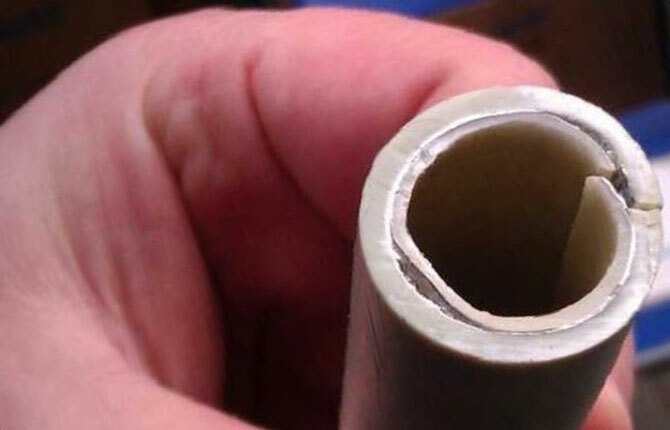In most heating schemes, it is shown that the entrance to the radiator is at the top of the radiator, and the exit is on the other side (like Leningrad from the bottom). But I saw another scheme - very rare, but which seemed very interesting to me. Namely, the entrance to the bottom of the radiator, and the exit at the top on the other side. It seemed to me that several physical qualities work in this scheme:
Can you tell me if there is any practicality and experience in using such a scheme? I would be very grateful.
Good day, Andrey.
With all due respect, you are confusing the options for connecting radiators with a heating circuit. Leningradka is not the principle of connecting radiators, but a single-pipe heating system. In the picture you attached, there is a two-pipe system, for clarity, look at diagram 1 and compare them.
If you pay attention, on your return line there is a separate riser, and in Leningrad the supply / return is tied to one pipe. The coolant flows from one radiator to another and so on until it returns to the boiler again.
The heating system proposed by you is considered more efficient. It allows you to adjust the temperature regime of each individual radiator, unlike a single-pipe one. For the sake of objectivity, it is worth noting: the single-pipe one can also be adjusted using the bypass device. When choosing a home heating system, it is important to consider the area of \u200b\u200bone floor; for a single-pipe one, it should not exceed 100 m2.
Let's return to scheme 1 and clearly see the shortcomings. Radiators 1-3 will always be fiery, 4-6 are the optimal temperature, but 7-8 are the coldest. As a result, in order to maintain comfortable conditions in rooms with radiators 7-8, it is necessary to turn on the boiler for higher power, while in rooms with radiators 1-3 it will be so hot that you have to open window. The rationality of gas consumption is not at the highest level.
Now let's move on to connecting the radiators.
You don't quite understand the principle. When heated, the water expands, which leads to its movement through the pipes, while cooling, the water follows by gravity back along the return line to the boiler, as a result of which natural circulation occurs. You reproduce the law correctly, only it is applied in practice the other way around. The air rises in any case, regardless of how the radiators are connected. Therefore, air faucets are always installed in the upper left or right corner of the battery.
Regarding the efficiency of radiators, depending on their connection. It is fundamentally divided into two types: one-way (diagram 2) and two-way connection (diagram 3). As you can see, the efficiency of your proposed connection is 80%. The maximum 100% is just with a similar option, only exactly the opposite.
As a result. The heating system in your scheme is correct, and the connection of radiators is not the most optimal.
Attached photos:
